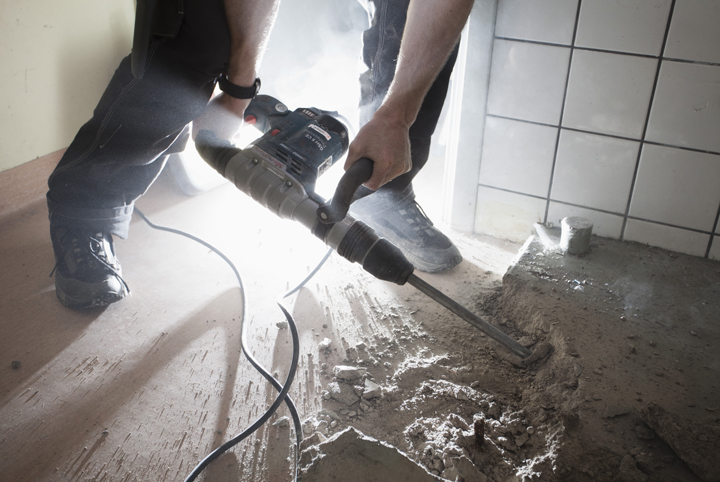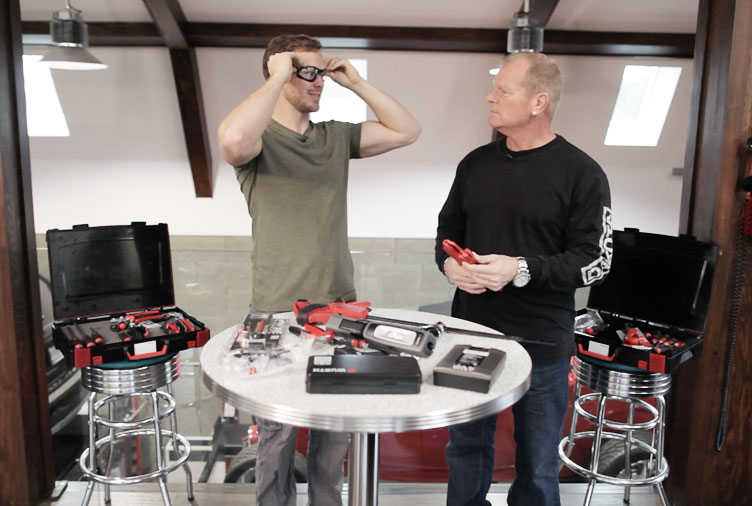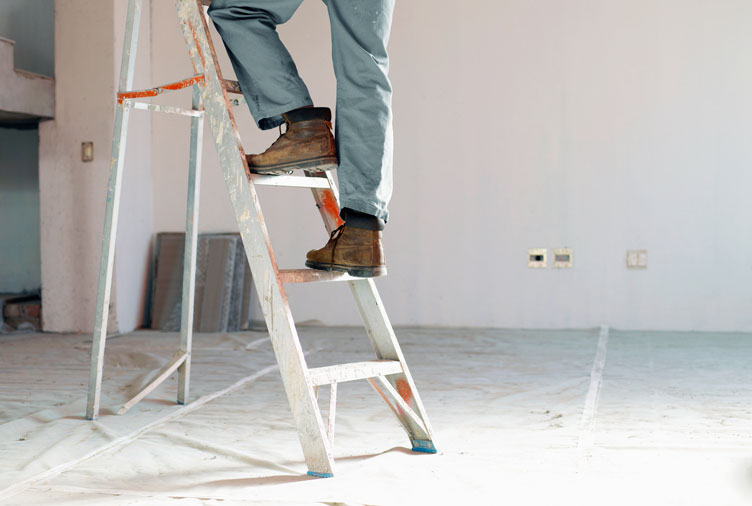
Mike Holmes is one of HGTV Canada’s go-to contractors and the host of Holmes and Holmes, Holmes: Buy it Right and Home to Win.
No matter the size of the job, there are always some potential hazards to watch out for when you’re working with tools. No matter your skill level, your first job is to educate yourself on the potential hazards associated with a project and figure out how to avoid them. Here are my biggest tips for you DIYers out there to help keep you safe. Also, if it’s a project you’re really proud of, I want to see it! Share your photos with me on social media.
Power Tools
Always make sure power tools are switched off before plugging in or unplugging them. If you’re changing any attachments or making adjustments to the tool, ensure it’s unplugged before making the switch. Also, be extremely mindful of where the cord is while the tool is in use. Don’t let the cords spool around your work area, creating an unnecessary tripping hazard. When needed, make use of clamps to hold what you’re working on in place. You want your use of the tool to be as smooth and seamless as possible; and if the item you’re working on is bouncing up and down, that’s going to be a problem. By clamping down, it frees both hands to keep careful control of the power tool you’re using.

Related: Mike Holmes Reveals 10 Tools Everyone Should Have in Their Toolbox
Safety Gear
No tool kit is complete without the right safety gear. What you need will depend on the job, but at a minimum, every tool kit should have at least eye protection, hearing protection, gloves, safety shoes and a respirator or mask. Open-toed shoes should never be worn while working on a project. That includes mowing the lawn, folks. The number of people I see doing that over the summer boggles my mind. Also, did you know that permanent hearing damage can occur when operating machinery that exceeds 85dB for prolonged periods? Well, most lawnmowers operate at 90dB. So, are you going to start wearing ear plugs when mowing the lawn next year? I hope so.

Always do a proper personal protective gear assessment before getting started on your project. How do you perform one? It’s simple. Look at the site you’re working in and what tools you’ll be working with. Then, look at the hazards or exposures that will be associated with the job (for example, if you’re sawing wood, then debris flying around may be a concern). When you determine the hazards, first figure out if it can be eliminated without the use of protective equipment. If not, figure out which safety gear is required.
Ladders
Did you know that 14,000 people are injured yearly in Canada due to ladder accidents? When using a ladder there are a few safety precautions to always keep in mind. Have three points of contact on a ladder at all times. Never overextend yourself. You may think you can stretch out and reach those few extra centimetres to clean out your gutters, but overreaching can throw your balance off and lead to a nasty fall. Take the extra few minutes to climb down and reposition the ladder so you can perform your task safely.

Also, jobs that require a ladder are two-person jobs. Always have someone on hand to support the ladder from below and be an extra set of eyes for potential hazards. You can also use a product like Ladder Lockdown to help keep your ladder in place, but even still, always have a second person with you.
Related: Mike Holmes’s Top 10 Tips to Make Your Home Safe This Winter
Images Courtesy of HGTV Canada and Getty Images
HGTV your inbox.
By clicking "SIGN UP” you agree to receive emails from HGTV and accept Corus' Terms of Use and Corus' Privacy Policy.



